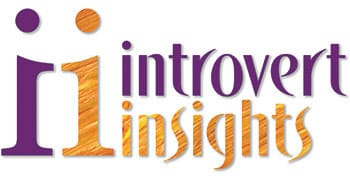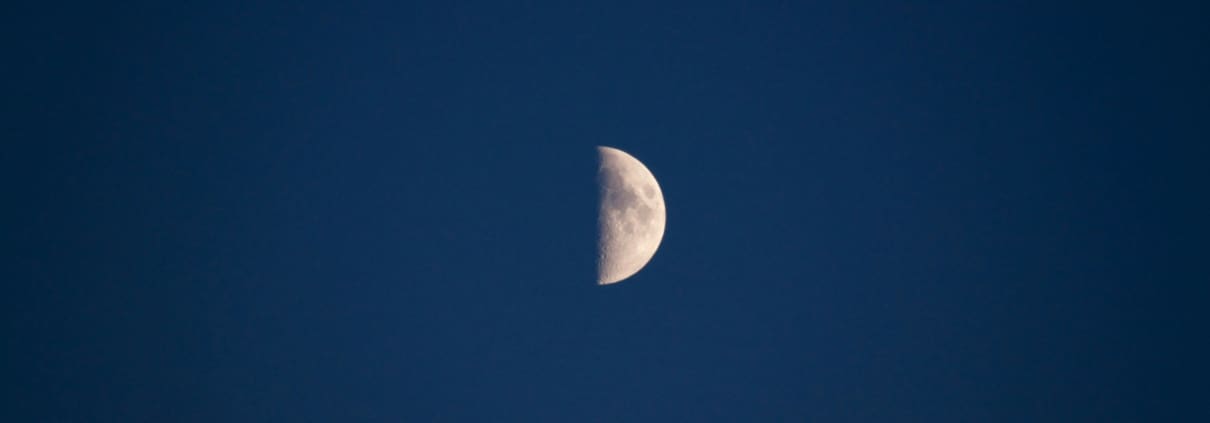It Feels Like an Extroverted World—But Half of Us Are Introverts
It seems like a pretty extroverted world most of the time. So it might surprise you to know that the ratio of extroverts to introverts is roughly 50-50.
“Half of us.”
“Half of us prefer introversion to extroversion,” stresses psychologist Laurie Helgoe, in her eye-opening book Introvert Power: Why Your Inner Life Is Your Hidden Strength.
You can practically hear the plaintiveness in Helgoe’s voice, emanating from the page.
It’s as though she’s sitting right in front of you, shaking her head in an odd combination of lingering incredulity on the one hand and a profound desire to shout the truth on the other.
She’s hardly alone in her cognitive dissonance.
“When I share this [half of us] reality with introverts,” she continues, “they consistently react with disbelief.”
“Half. I almost have to say it as a mantra to myself, because I also have been programmed to believe that our numbers are few.”
Same here.
And it’s almost certainly the same for you, too, if you’re an introvert, particularly here in the United States and in other Western countries.
But the numbers simply don’t lie.
Much (though not all) of the available evidence suggests that the introvert-extrovert ratio splits basically down the middle.
For example: Comprehensive data gathered years ago by the Center for Applications of Psychological Type, based on a sample of more than 900,000 people who had taken the Myers-Briggs Type Indicator to that point, put the probable proportion of introverts in the population at between 47 and 55 percent.
More recently, a Myers-Briggs Company press release for World Introvert Day 2023 noted that “people with a preference for introversion represent more than half (about 57%) of the U.S. population.”
So yes indeed: It’s safe to believe that about half of us, give or take—half of us—are introverts.
Why, then, does it so often—and so maddeningly—seem like we live as relative outliers in an apparently extroverted world?
The Media Suggest an Extroverted World
In some ways, the answer to this question is painfully obvious.
We’re surrounded each day by media messages that skew largely toward extroverts and extroverted activities.
Watch TV for just a few minutes and you’ll be hit with ads touting the zippy new car you should buy, or urging you to hurry to the dazzling theme park your family should visit.
When’s the last time you saw a calm TV spot selling you a week’s worth of quiet solitude in the middle of nowhere?
Often, the media are also complicit in spreading (through articles, especially) a wildly misleading introvert/extrovert ratio statistic: namely, that only 1 in 4 of us are introverts.
Breaking news: That figure originally came from a very small study … which involved only high school boys … and was conducted more than 50 years ago. Yet it somehow lives on, entrenching itself in our collective psyches.
But wait! (to borrow the over-the-top tone and language of the TV ads). There’s much, much more!
Or there could be, at least, according to Dartmouth College business professors Daniel Feiler and Adam Kleinbaum.
Networks Skew Extrovert
In their fascinating 2015 Psychological Science article entitled “Popularity, Similarity, and the Network Extraversion Bias,” Feiler and Kleinbaum describe a cleverly designed study they conducted with an entire cohort of 284 incoming MBA students, none of whom knew each other as their program was beginning.
Once five weeks after orientation and again 11 weeks after orientation, the students were asked to answer this question:
“Consider the people with whom you like to spend your free time. Since you arrived at [university name], who are the classmates you have been with most often for informal social activities, such as going out to lunch, dinner, drinks, films, visiting one another’s homes, and so on?”
“To avoid problems of incomplete recall,” Feiler and Kleinbaum emphasize in their article, “we included in our survey a list of all other students in the first year of the MBA program.”
The key eye-opening finding of the study: Being an extrovert (as assessed by a version of the Big Five Inventory, which all the participants took) “significantly increased the likelihood that an individual would cite any given other person as a friend.”
Being an extrovert also “significantly increased the likelihood that an individual would be cited as a friend by any given other person.”
Result:
Extroverts end up being overly represented, and introverts underrepresented, in the social networks of other people.
Thus, Feiler and Kleinbaum write, there is an “underlying logic for why people may overestimate the number of extr[o]verts in the general population.”
What’s so wrong with that?
“A prevalent self-belief that one’s social behavior is more reclusive than the perceived norm,” the researchers note, “may reduce feelings of belongingness, self-esteem, and self-worth.”
No wonder Helgoe—and the rest of us—want to scream sometimes.





Leave a Reply
Want to join the discussion?Feel free to contribute!